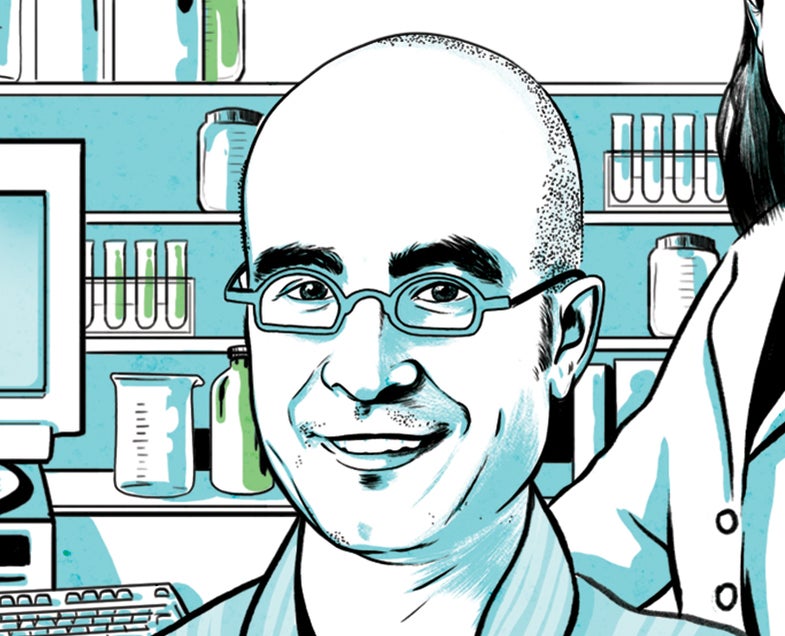Meet Pedro Reis, The Engineer Who Finds Strength In Flaws
Reis embraces mechanical failures.

Each year, Popular Science_ seeks out the brightest young scientists and engineers and names them the Brilliant Ten. Like the 110 honorees before them, the members of this year’s class are dramatically reshaping their fields–and the future. Some are tackling pragmatic questions, like how to secure the Internet, while others are attacking more abstract ones, like determining the weather on distant exoplanets. The common thread between them is brilliance, of course, but also impact. If the Brilliant Ten are the faces of things to come, the world will be a safer, smarter, and brighter place.–The Editors_
Pedro Reis
Massachusetts Institute of Technology
Achievement
Using failure to design flexible objects
On the first day of class, engineers learn that they should avoid using materials that might tear, bend, fold, or buckle. In other words: Failure is something to guard against, not embrace. Pedro Reis asked: Are there situations in which mechanical instability, well understood and carefully optimized, could be used to build something better? As his work has shown, the answer is an emphatic yes.
Reis’s lab at MIT looks more like a playroom than a workspace. It is strewn with toy-like objects such as squishy spheres that fold and collapse and silicone rods that curl and bend. In their flaws, Reis sees strengths: the basis for soft, agile robots and joints manufactured from a single piece of material. He also gleans lessons from ordinary phenomena and then applies them to his work. After studying the way tape tears into triangles when peeled off the roll, Reis and colleagues invented a new way to manufacture graphene nanoribbons.
“Through his work, he learns the fundamental principles of everyday mechanics—for example, how a cat laps water, how we scrape butter, or how hairs curl—and transfers this understanding to the solution of engineering problems,” says Chiara Daraio, a materials scientist and engineer at Caltech and ETH Zurich and a 2010 Brilliant Ten honoree. Reis’s most recent fascination is very thin materials—a bugaboo for most engineers.”Where things get thin,” Reis says, “they get interesting.”
Click here to see more from our annual celebration of young researchers whose innovations will change the world. This article originally appeared in the October 2013 issue of Popular Science.